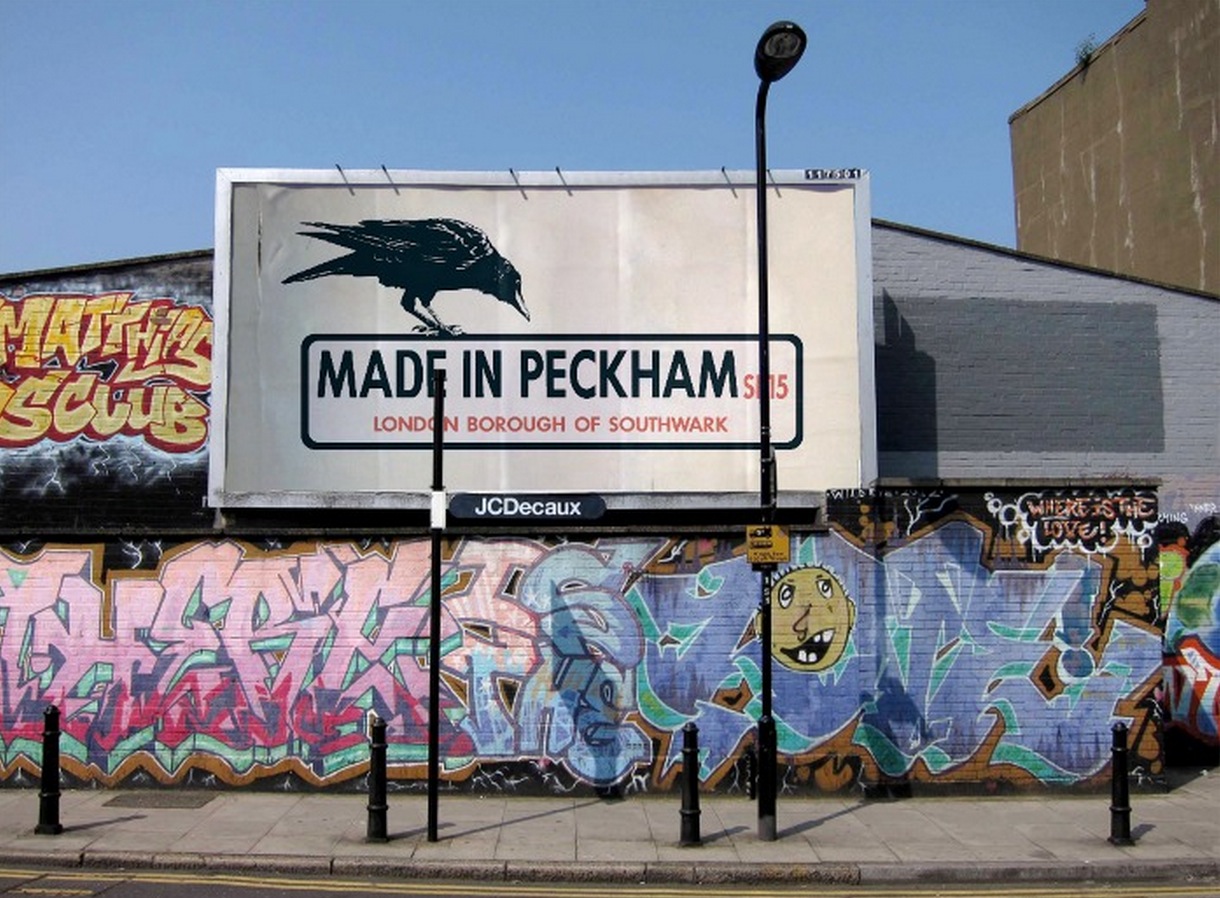Having risen in value at a much faster rate than across the rest of the UK and facing little volatility even in the aftermath of the 2008 financial crisis, London property appears to remain a safe and reliable investment. Since 1998, house prices in London have risen by 533% on average, meaning a house bought for £107,539 in 1998 would now be worth around £680,245- an alright investment if you ask me. Even after the financial crisis, property prices have increased a further 74.5% over the past 8 years.
But as students and therefore newbie buyers thinking of working and living in London when we graduate, does any of this really apply or are the benefits of investing in the London property market restricted to foreign investors and the affluent London elite? And more importantly, is investing in London property really a good investment or will the property market bubble mirror the stock market bubble of Wall Street in the 1930’s? Because that’s certainly an investment I’d like to avoid.
As for the latter, in the wake of Brexit and Trump, it’s difficult to reliably predict anything that may, or may not happen in the economy; it’s a political and economic environment we’ve never faced before. According to Knight Frank, investing in London property is still a fairly safe investment. House prices may continue to rise as, for example, American’s seek to relocate to Britain following the election of Trump. Equally, the decision to leave the EU and the resultant fall in the value of the sterling has made houses appear cheaper to foreign buyers, and in particular Chinese foreign investors who are now, more than ever, heavily investing in the London property market as not only an investment, but for living, emigrating and educating themselves. On the other side, analysis by the Société Générale predicts that house prices in the most expensive post codes of London could fall by 50% as foreign investors relocate their investments abroad following Brexit and the uncertainty surrounding that. Even worse, there’s speculation that the London property market will eventually, and inevitably, crash and burn as any market which overheats to such an extent will.
Whatever way the various external and internal factors affect the growth, or fall, of the London property market, this arguably only concerns those who already have property or are investing now and hoping for further increases. Noting that the average price of a London property today is over half a million pounds, broke graduates with a few pounds of their remaining student loan (or not), don’t fit into either of these categories. So we end up on sites such as Easy Room Mate where the future value of the property is of little importance.
There may however be a way of fitting newbie buyers into the investment equation. As a first-time buyer, the best investments you can make are in the up-and-coming areas as they are cheap at the moment but are forecasted to increase in value in the future. Examples of places like this include areas where Crossrail may make it easier to commute to Central London or even simply areas with new, fashionable restaurants or schools with a good reputation. Particular examples cited by many are areas which, despite a troubled history, are undergoing investment and a change of aura. For example, Peckham, despite its history of gangs and the like, has become a trendy, hip hotspot where 57% of sales go to first-time buyers. Even Whitechapel, home of Jack the Ripper, is undergoing a change in ambiance and character following the development of Crossrail with prices tipped to rise by around 25% before 2018 and many New York style loft properties expecting to surface.
So, to invest alongside the British affluent and foreign investors, it appears we need to stay tuned with the up-and-coming projects in the capital and get in there before word gets spread and prices rise.
By Chloe Pryce
Photo from : (capturedontherye)

